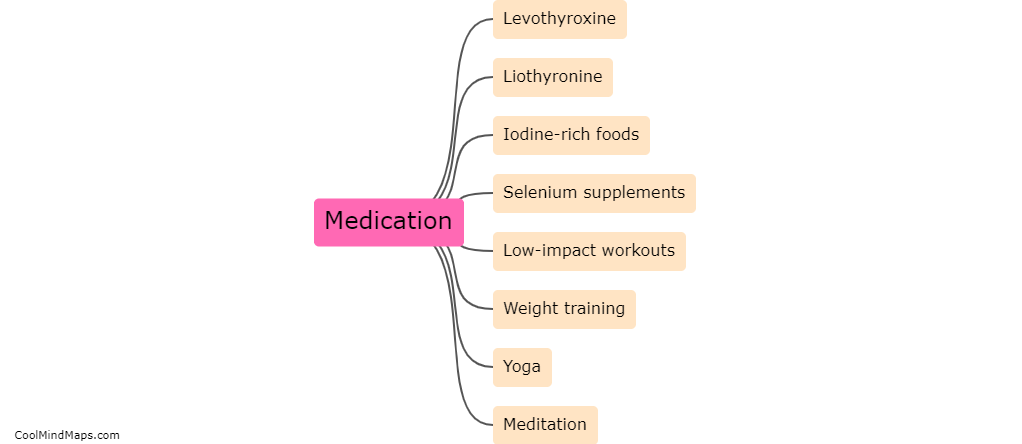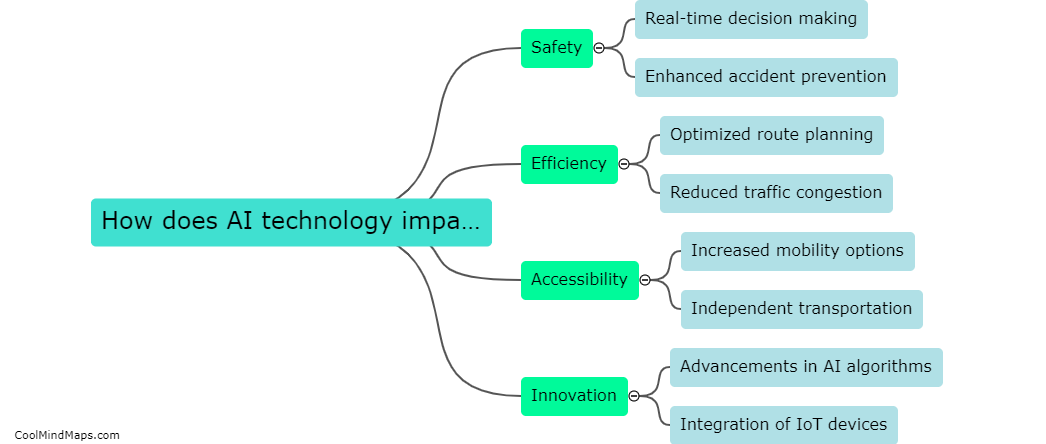What are the different mechanisms of action for premedicants?
Premedicants are medications used to help alleviate anxiety, reduce pain, and minimize side effects during medical procedures. These medications work through various mechanisms of action, such as sedation, anxiolysis, analgesia, and amnesia. Sedatives, like benzodiazepines, act on the central nervous system to produce a calming effect. Anxiolytics target neurotransmitters involved in the stress and fear response to reduce anxiety. Analgesics help relieve pain by inhibiting pain signals in the brain and spinal cord. Finally, medications that induce amnesia, such as opioids, disrupt memory formation to help patients forget the discomfort or stress of the procedure.Combining these mechanisms of action can create a more comprehensive premedication regimen tailored to each patient's needs.

This mind map was published on 6 July 2024 and has been viewed 58 times.











